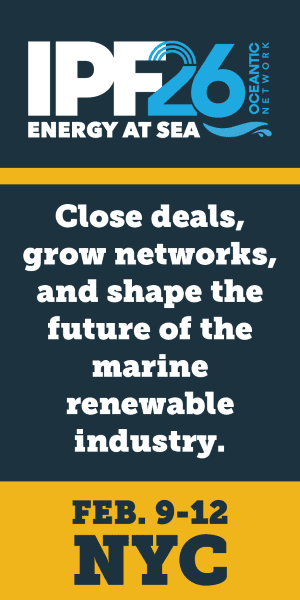Japan has long been the home of the weird and wonderful. The Japanese have a way of approaching the world’s problems with some unique engineering and technological advancements. Now, a report has emerged that states the nation of Japan has produced something truly spectacular. A research study has reported that several Japanese experts have managed to produce hydrogen directly from water and sunlight. Now that is not a new discovery by any means, but recent improvements in the technology have opened up new doors to explore further.
A team of Japanese researchers has developed a new method for producing hydrogen
The Japanese never cease to amaze, especially when it comes to unique and strange engineering technologies. And this new development has the world eager to see how the findings might affect the energy sector overall. The researchers have developed a new method to create hydrogen from nothing but water and sunlight, expanding the possibilities for hydrogen to become the fuel of the future.
They have managed to create a special photocatalyst that expands on existing research and techniques. Hydrogen can only be found in naturally occurring events on Earth and has not presented a viable method to create hydrogen in a lab or simulated environment. But thanks to Prof Kazunari Domen of Shinshu University and Dr Takashi Hisatomi of Shinshu University, that is all about to change.
“Sunlight-driven water splitting using photocatalysts is an ideal technology for solar-to-chemical energy conversion and storage, and recent developments in photocatalytic materials and systems raise hopes for its realization. However, many challenges remain.” – Prof Kazunari Domen of Shinshu University, senior author of the article in Frontiers in Science
How does the new method of creating hydrogen work exactly
Hydrogen can be created by the photocatalysts when they are exposed to light. They then proceed to facilitate chemical reactions that break down water into constituent parts. Which is where the hydrogen comes from. The study has found that the initial results have been positive, but more needs to be done to further the technology.
“Solar energy conversion technology cannot operate at night or in bad weather. But by storing the energy of sunlight as the chemical energy of fuel materials, it is possible to use [it] anytime and anywhere,” – Dr Takashi Hisatomi of Shinshu University
Domen and Hisatomi’s team successfully produced proof of concept by operating a 1,076 ft2 (100 m2) reactor for three years. What’s really amazing is that the reactor performed better in real-world testing than it ever did in a simulated environment or a lab.
“In our system, using an ultraviolet-responsive photocatalyst, the solar energy conversion efficiency was about one and a half times higher under natural sunlight. Simulated standard sunlight uses a spectrum from a slightly high latitude region. Solar energy conversion efficiency could be higher in areas where natural sunlight has more short-wavelength components than simulated reference sunlight. However, currently, the efficiency under simulated standard sunlight is 1% at best, and it will not reach 5% efficiency under natural sunlight.” – Dr Takashi Hisatomi of Shinshu University
The first findings are a positive result for the hydrogen sector
The team of researchers has adamantly maintained that more work needs to be done to study the findings further, so we are still a long way off from hydrogen becoming the fuel of the future. But it is still the best fuel source for our vast energy needs; there just needs to be a more viable and practical way of producing it, as current methods are highly volatile. Whether more improvements are going to come from that Japanese research team or from another scientific study remains to be determined.





